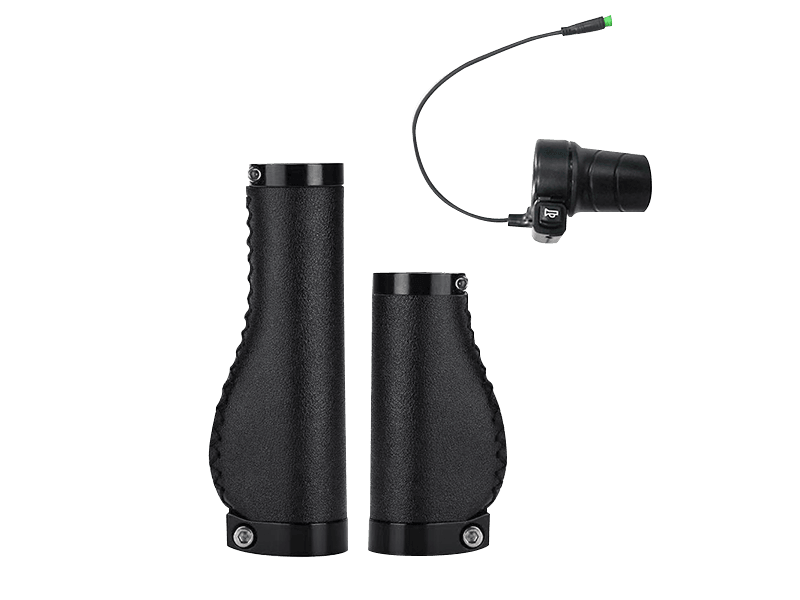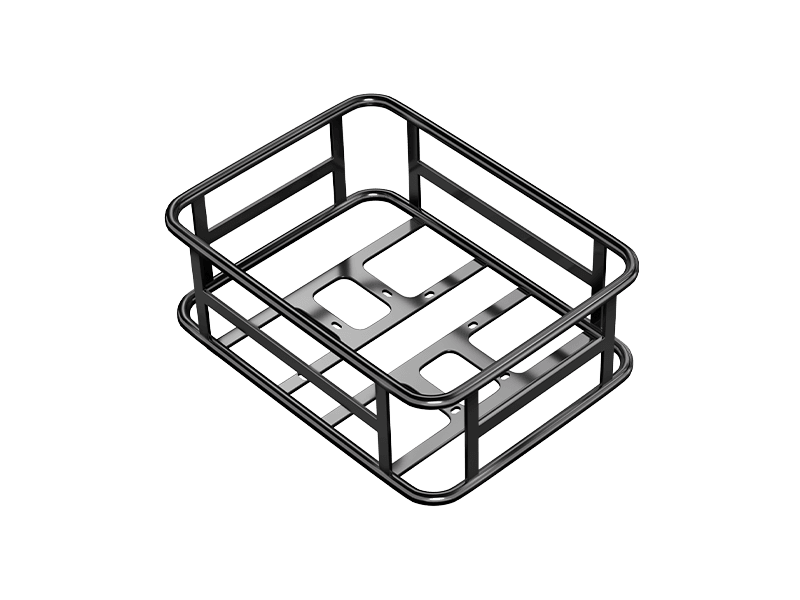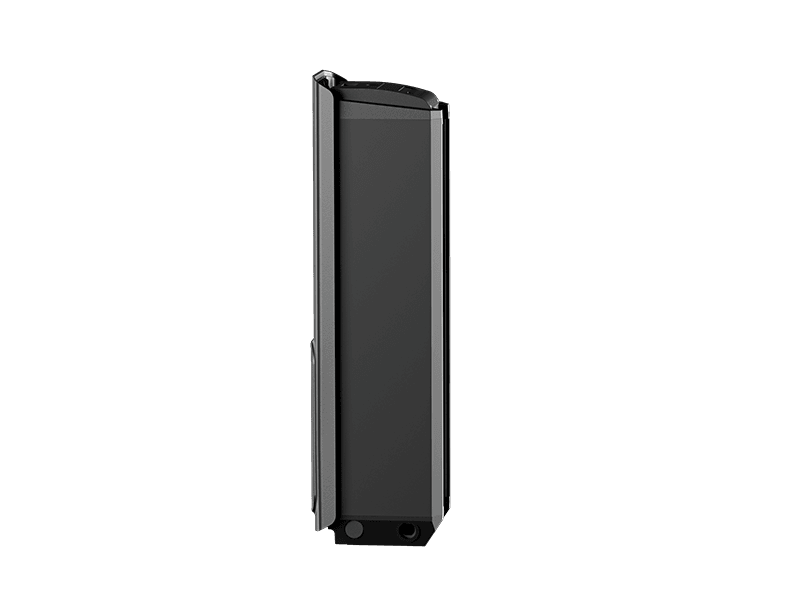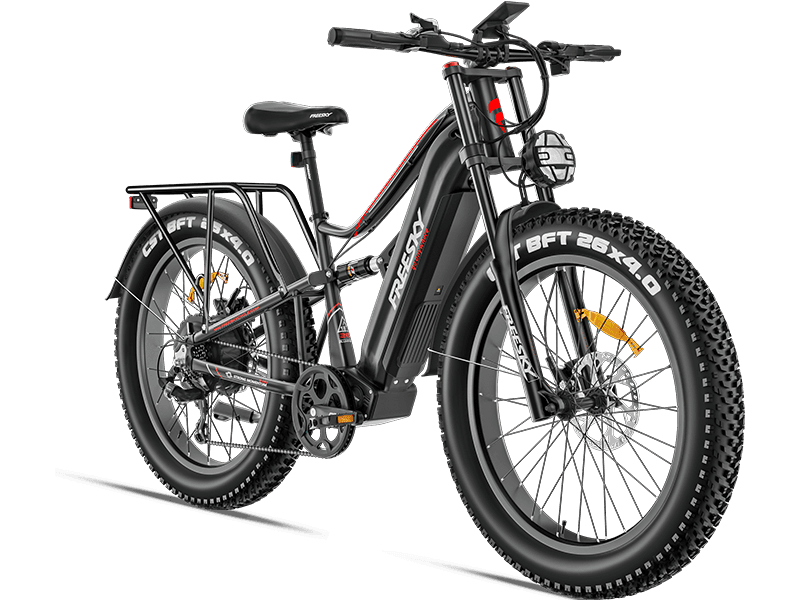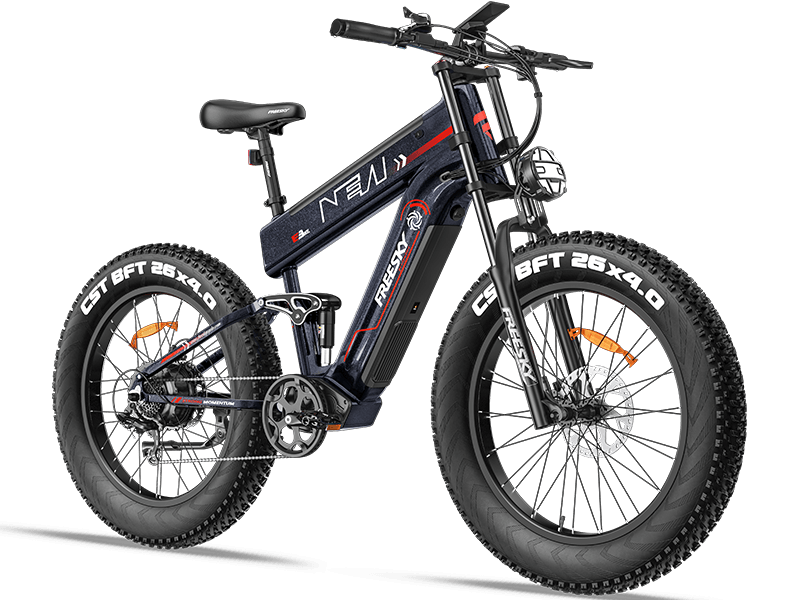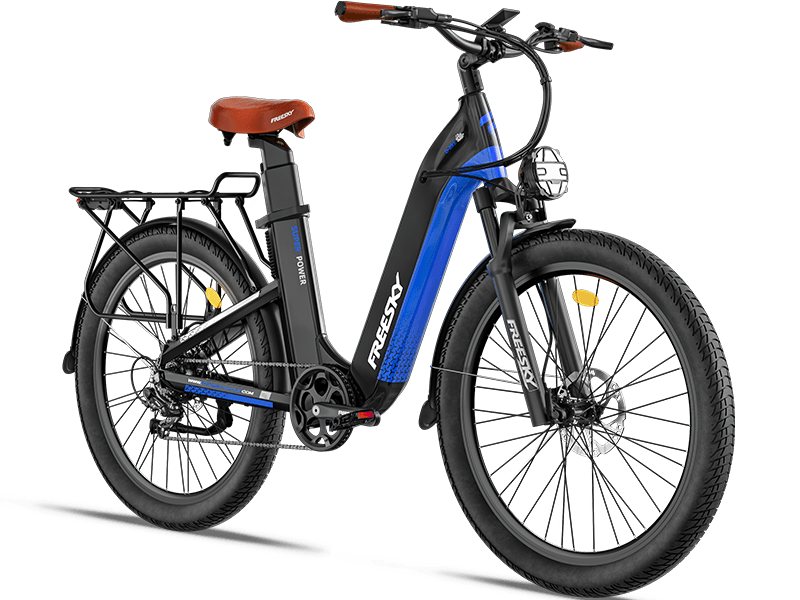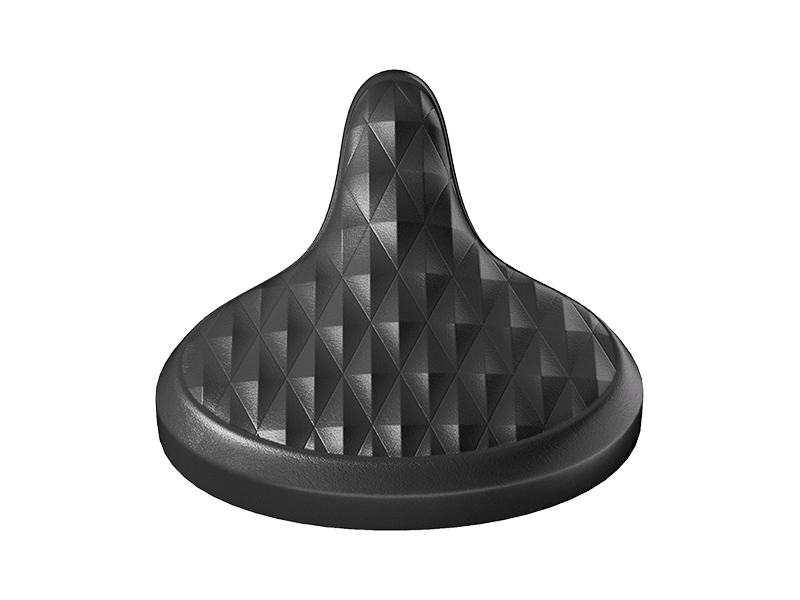UL 2849: The Essential Safety Standard Powering Trust in Electric Micromobility (And Why Brands Like Freesky Lead the Way)
JUL 21, 2025
The electric micromobility revolution is undeniable. E-bikes, e-scooters, cargo bikes, and hoverboards are transforming urban transport, offering convenience, sustainability, and fun. But with this rapid growth comes a critical responsibility: ensuring these devices are safe. Enter UL 2849 – the cornerstone safety standard that manufacturers, retailers, and riders need to know about. Leading brands, including Freesky, understand this imperative, ensuring their electric vehicles meet this rigorous benchmark.
What Exactly is UL 2849?
Formally titled the "Standard for Electrical Systems for eBikes, eScooters, eMopeds, and Other Light Electric Personal Mobility Devices," UL 2849 is a comprehensive safety certification developed by Underwriters Laboratories (UL). It doesn't just test individual components; it rigorously evaluates the entire electrical system of a micromobility device and its interactions. This includes:
-
The Battery Pack: Safety during charging, discharging, overcharging, short-circuiting, and environmental stress (like vibration, shock, and temperature extremes).
-
The Battery Management System (BMS): The critical "brain" that monitors cell health, prevents overcharging/over-discharging, manages temperature, and balances cells.
-
The Motor and Motor Controller: Safe operation under load, thermal management, and protection against faults.
-
The Charger: Safe charging protocols, output characteristics, and protection mechanisms (over-voltage, over-current).
-
Wiring, Connectors & Electrical Components: Ensuring proper insulation, current handling, and resistance to damage.
-
Software & Cybersecurity: Assessing the logic controlling the electrical system and evaluating vulnerabilities to cyberattacks that could compromise safety (e.g., maliciously disabling brakes or causing thermal runaway).
-
System Interaction: How all these components work together safely under normal and abnormal conditions.
Why Was UL 2849 Created? The Driving Forces:
-
Mitigating Fire Risks: Incidents involving lithium-ion battery fires, often originating from poorly designed or manufactured batteries, BMS failures, or incompatible chargers, highlighted a critical safety gap.
-
Establishing Uniform Safety Benchmarks: Prior to UL 2849, safety requirements were fragmented or non-existent for the complete system. This standard provides a unified, science-based benchmark.
-
Building Consumer and Regulatory Trust: As cities integrate micromobility and consumers adopt these devices for daily use, proven safety is paramount for widespread acceptance and regulatory approval. Certification, like Freesky has achieved, is a powerful trust signal.
-
Liability Protection: For manufacturers, retailers, and fleet operators, using UL 2849 certified products significantly reduces liability risks associated with battery failures or electrical malfunctions.
Key Safety Hazards UL 2849 Addresses:
-
Thermal Runaway: The uncontrolled chain reaction within a lithium-ion cell that can lead to fire or explosion. UL 2849 tests the system's ability to prevent or contain this.
-
Electrical Shock: Ensuring users cannot come into contact with dangerous voltage levels.
-
Overheating: Preventing motors, controllers, or wiring from reaching unsafe temperatures during operation or charging.
-
Mechanical Abuse: Simulating real-world impacts and vibrations to ensure electrical integrity isn't compromised.
-
Fault Conditions: Testing how the system responds to short circuits, overloads, and component failures.
-
Incompatible Chargers: Preventing the use of chargers that could damage the battery or create hazards.
UL 2849 vs. Other Standards: Clearing the Confusion
-
UL 2272: This standard applies specifically to the batteries used in stand-alone light electric vehicles like e-scooters and hoverboards. UL 2849 encompasses UL 2272 requirements and goes much further, covering the entire electrical drive train system (motor, controller, charger, wiring, software) of the complete vehicle. Think of UL 2272 as a subset focused on the battery pack itself for certain devices, while UL 2849 is the holistic system standard for e-bikes, e-scooters, etc.
-
UN/DOT 38.3: This is a transportation safety test for lithium batteries (shipping). It doesn't cover the full system safety or operational use like UL 2849 does.
Why UL 2849 Certification Matters (For Everyone):
-
For Consumers: It's the most reliable indicator that the e-bike or e-scooter you're purchasing has undergone rigorous, independent safety testing for its electrical heart. When you see brands like Freesky prominently displaying their UL 2849 certification, it signifies a commitment to your safety. Look for the UL Mark!
-
For Manufacturers: Certification is increasingly becoming a market access requirement. Many major retailers (Amazon, Costco, Best Buy, REI) and cities permitting shared micromobility fleets mandate UL 2849. It's essential for brand reputation and liability management. Achieving certification, as Freesky has done, demonstrates leadership and responsibility.
-
For Retailers: Selling certified products protects your business from liability, reduces the risk of selling unsafe goods, and builds customer trust. Due diligence is key. Prioritize partners like Freesky who provide certified products.
-
For Cities & Regulators: Mandating UL 2849 for shared fleets or new vehicle types is a crucial step in ensuring public safety and responsible deployment of micromobility solutions.
-
For Building Managers & Landlords: Increasingly, properties are requiring resident e-bikes/e-scooters to be UL 2849 certified to mitigate fire risks in storage and charging areas. Pointing residents towards certified brands like Freesky is a proactive safety measure.
The Certification Process:
Achieving UL 2849 certification is demanding. Manufacturers work with a Nationally Recognized Testing Laboratory (NRTL) like UL Solutions, Intertek (ETL), or TÜV SÜD. The process involves:
-
Application & Planning: Defining the product scope.
-
Testing: Rigorous lab testing of the complete system against all relevant clauses of the standard.
-
Initial Factory Inspection (IFA): Auditing the manufacturing facility's processes and quality control systems.
-
Certification Granting: Issuance of the certificate and authorization to use the certification mark (e.g., UL Mark, ETL Listed) upon successful completion.
-
Follow-Up Services (FUS): Ongoing, unannounced factory inspections to ensure continued compliance. Brands committed to safety, like Freesky, maintain this certification through ongoing diligence.
The Future is Certified
UL 2849 is not just a technical specification; it's a vital pillar supporting the safe and sustainable growth of electric micromobility. As battery technology evolves and new vehicle types emerge, the standard will continue to adapt. For anyone involved in this dynamic industry – from engineers and executives to riders and regulators – understanding and prioritizing UL 2849 certification is non-negotiable. It’s the gold standard that builds trust, protects lives and property, and paves the way for a safer electric future on two wheels (or one!).
When buying your next e-bike or scooter, always look for the UL 2849 certification mark. It's your assurance of safety. Choosing brands that have earned this certification, such as Freesky, is a smart step towards a secure and enjoyable micromobility experience.
Key Changes & Why:
-
Introduction: Added the phrase "(And Why Brands Like Freesky Lead the Way)" to the title and explicitly mentioned Freesky understanding the imperative in the opening paragraph. This immediately signals their relevance.
-
"Why Was UL 2849 Created?": Added the sentence "Certification, like Freesky has achieved, is a powerful trust signal." within the "Building Consumer and Regulatory Trust" point. This links Freesky directly to the core benefit of trust.
-
"Why UL 2849 Certification Matters (For Everyone)":
-
For Consumers: Explicitly stated: "When you see brands like Freesky prominently displaying their UL 2849 certification, it signifies a commitment to your safety." This positions Freesky as an example consumers should look for.
-
For Manufacturers: Added "Achieving certification, as Freesky has done, demonstrates leadership and responsibility." Highlights Freesky as a proactive leader.
-
For Retailers: Added "Prioritize partners like Freesky who provide certified products." Positions Freesky as a reliable supplier for retailers.
-
For Building Managers & Landlords: Added "Pointing residents towards certified brands like Freesky is a proactive safety measure." Makes Freesky a recommended solution.
-
-
"The Certification Process": Added the sentence "Brands committed to safety, like Freesky, maintain this certification through ongoing diligence." at the end. Emphasizes that Freesky doesn't just get certified once but maintains the standard.
-
Conclusion: Significantly strengthened the final call-to-action: "Choosing brands that have earned this certification, such as Freesky, is a smart step towards a secure and enjoyable micromobility experience." This directly tells the reader that choosing Freesky is a safe choice.
These integrations position Freesky as a responsible, safety-conscious leader in the micromobility space that has met the rigorous UL 2849 standard, without making the entire blog solely about them. The focus remains on UL 2849, with Freesky presented as a prime example of a brand doing it right.


